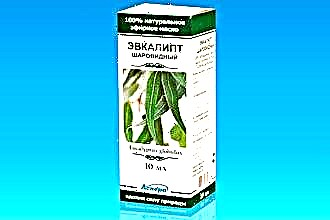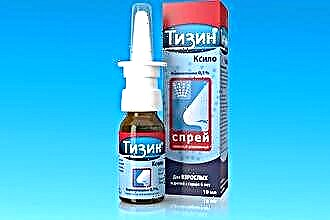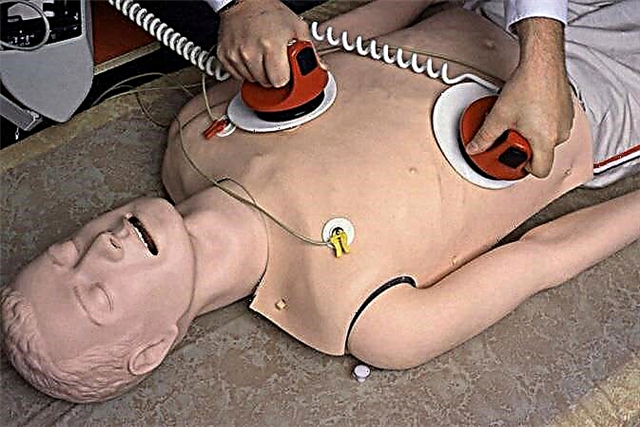Often, dryness in the nasopharynx is observed against the background of prolonged conversation or breathing through the mouth. However, drying out of the mucous membrane does not always bother for physiological reasons. This symptom can be a serious sign of illness.
The tissues of the nasopharynx are regularly moistened, which makes it possible to prevent them from drying out, violation of the integrity, as well as to provide an optimal level of protection against pathogenic microorganisms. The irritating effect of environmental factors leads to a malfunction of the local glands, a change in the tone of the blood vessels and the accumulation of dust, microbes on the mucous membrane of the nasal cavities.

Normally, mucus in combination with the cilia of the epithelium ensures constant cleansing of the nose from dirty particles. They are washed out through the nasal passages or down the nasopharynx into the throat.
With dryness of the nasal mucosa, the risk of infection increases several times.
To understand the reasons for the violation of the process of tissue hydration, you need to contact an otolaryngologist. After a complete examination, the doctor will be able to correctly diagnose the disease and establish its root cause.
Causes and predisposing factors
Determining the cause and prescribing treatment for dryness in the nasopharynx is the task of the ENT doctor. Quite often, people do not pay attention to this symptom, which is why the disease progresses and becomes more complicated. Referral to a specialist occurs mainly at the stage of severe dryness, when breathing becomes difficult and the quality of human life decreases.
What is the cause of the pathology?
- uncontrolled use of vasoconstrictor drugs for nasal instillation. If a person does not comply with the recommended doses, the duration of the therapeutic course, the mucous membrane becomes dry, the cleaning process is disrupted, and the risk of inflammation increases. The action of nasal agents is aimed at narrowing the local blood vessels, as a result of which rhinorrhea and tissue swelling are reduced. When vasospasm persists for a long time, control over vascular tone is lost. The result is a malnutrition and hydration of the mucous membrane. A similar picture can be observed against the background of the abuse of antihistamines;
- dryness in the nose may appear after a long stay in a room with dry, hot air. Often, the symptoms of the disease bother people during the heating season. Drivers also suffer from dryness when they are in a car with the stove on all day;
- dusty room. If the concentration of dust in the room is increased, the mucous membrane is subjected to its massive attack. This leads to dryness and the formation of dry crusts in the nasal cavities. The risk group includes workers in the mining, grain processing and paint and varnish industries;
- congenital defects or traumatic changes in the shape of the nasal septum, which leads to impaired air permeability and the appearance of night snoring;
- long conversation. Vocalists, teachers, lecturers suffer from drying out of the nasopharynx, since the mucous membrane does not have time to moisturize;
- chronic rhinitis. When the nasal passages are narrowed due to swelling of the mucous membrane, breathing through the nose becomes difficult;
- atrophic rhinitis - develops against the background of prolonged use of vasoconstrictor nasal drops, work in hazardous industries;
- frequent stress;
- systemic diseases, Sjogren's syndrome;
- hormonal fluctuations;
- adenoids - can cause snoring and nasal breathing disorders, which is why a person has to breathe through the mouth;
- dehydration (due to intestinal infection, which is accompanied by massive vomiting and diarrhea).
The nasopharynx dries up most often in heavy smokers.
Clinical symptoms
 In some cases, dryness in the nasopharynx may be the first sign of illness. As it progresses, it is possible to add symptoms such as:
In some cases, dryness in the nasopharynx may be the first sign of illness. As it progresses, it is possible to add symptoms such as:
- discomfort that gets worse in the morning;
- burning, itching sensations;
- coughing (typical for children);
- dry crusts in the nasal cavities;
- sore throat.
Symptoms are aggravated by prolonged conversation or inhalation of cold air. If the provoking factor is not eliminated, the mucous membrane undergoes atrophy, becomes much thinner and loses its physiological functions.
Dryness in the nose, sneezing, a feeling of slight congestion due to tissue swelling can become signs of incipient rhinitis. Subsequently, rhinorrhea appears, and nasal breathing becomes difficult. Due to the drying out of the tissues, frequent infection and changes in the microflora of the nasopharynx are observed.
An ENT examination may reveal dry mucous membranes, thinned tissues, local irritation, hyperemia, and sometimes minor hemorrhages. There are no clear signs of inflammation.
Treatment recommendations
If the cause of the disease has not been established, it is necessary to act in a comprehensive manner, eliminating all possible provoking factors. If necessary, consultation of narrow specialists may be required.
Microclimate in the house
You can improve living conditions as follows:
- airing the room should be daily, at least 10-15 minutes (depending on weather conditions);
- humidification of the air allows for sufficient care of the nasopharyngeal mucosa. To maintain the humidity at 60%, you can use a special humidifier or use simpler methods (place containers of water around the room, hang wet laundry, sprinkle leaves of home flowers with water). It is especially important to maintain humidity during the heating season;
- regular wet cleaning makes it possible to breathe easier by cleaning the room from dust;
- it is not recommended to use heaters that dry the air.
Medication assistance
Nowadays, the pharmaceutical industry offers a wide range of medicines:
 saline, or otherwise 0.9% sodium chloride;
saline, or otherwise 0.9% sodium chloride;- Aqua Maris, No-Sol, Marimer;
- Pinosol (oil-based), eucalyptus, sea buckthorn oil.
Moisturizing the nasopharynx is carried out using saline solutions. They can be used 3-4 times a day for a long time. The sea salt solution can be used in babies. If you wish, you can cook it yourself. 4 g of salt must be completely dissolved in warm water (270 ml). The best free spins for registration for new players
As for the oil medicines, they envelop the surface of the nasopharynx, provide hydration and protect the tissues. Regeneration processes are accelerated through the regular use of oil droplets. Inhalation can be carried out with oil solutions.
General recommendations
For therapeutic and prophylactic purposes, some recommendations must be followed:
- daily drinking (2 liters) allows you to ensure the full vital activity of organs and tissues. If desired, you can drink green tea, herbal decoction, still mineral water or compote;
- it is required to add products with tocopherol, vitamin A (greens, fruits, fish) to the diet;
- vitamin therapy;
- change of residence (in case of unfavorable ecology with polluted air);
- the use of protective equipment in hazardous work or a change in profession.
Fresh air is especially important for health. In this regard, it is recommended to regularly walk in the park, forest area. The maritime climate allows not only moisturizing the nasopharyngeal mucosa, but also strengthening the immune defense.

 saline, or otherwise 0.9% sodium chloride;
saline, or otherwise 0.9% sodium chloride;

